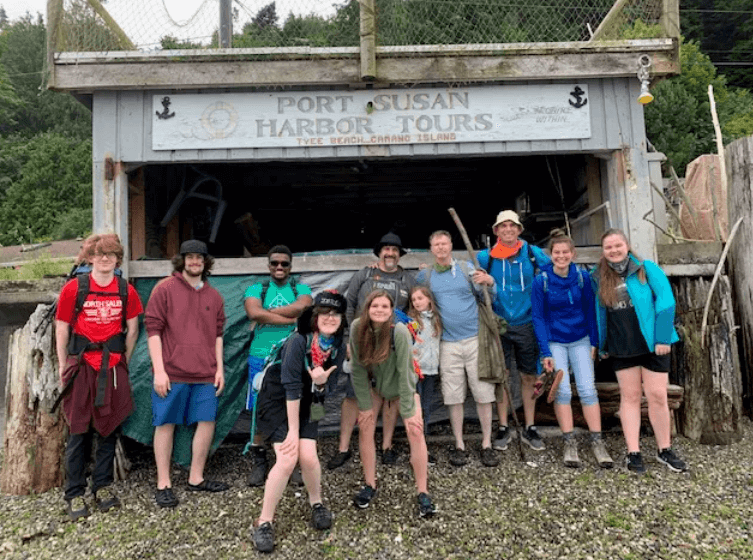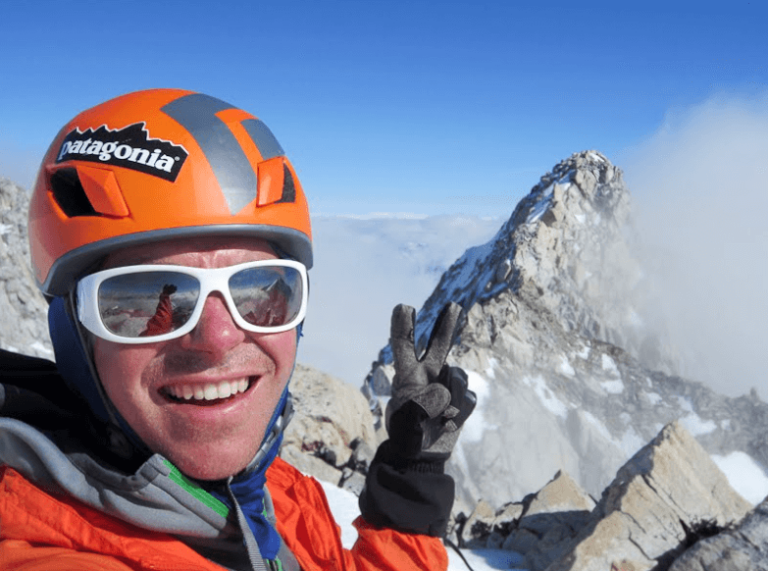How Training Courses Help Get Your Motorcycle License

A motorcycle license opens the door to a new kind of freedom. However, unlike driving a car, riding a motorcycle requires a sharper focus and different skills. For many new riders, training courses make the process easier and safer.
These programs help you get your motorcycle license. For beginners, the classroom and practice range provide a safe space to learn. For experienced riders, a refresher course improves control and awareness. Whatever your skill level, the proper course makes your license goal more achievable.
Courses Focus on Practical Skills That Matter on the Road
Every rider must know how to balance, brake, and steer with control. A course teaches these
actions in a step-by-step manner. Instructors help correct common mistakes before they become habits. Riders learn to control speed, make gear changes, and execute quick stops. These skills prepare them for real traffic situations. The more hours spent on the range, the better prepared they are for test day. Riders feel more confident with repeated practice. Course structure helps skills stick.
See also: Sewer Line Damage Signs Only Expert Winter Haven Plumbers Spot
Lessons Help Riders Pass Both Written and On-Bike Tests
License requirements usually include both a written test and a skills exam. A good course clearly prepares for both parts. Riders learn traffic rules, local laws, and how to avoid violations. They also practice each skill required on the test course. Instructors offer tips on timing, position, and posture. Riders often perform better with real-time coaching. Fewer surprises mean less stress on test day. Clear feedback builds the confidence riders need to pass.
Practice Happens in a Safe, Supervised Environment
Riders don’t need to start in traffic. Courses begin in large, open areas, such as parking lots. This allows room for mistakes without pressure. Trained instructors closely monitor the situation and provide direct assistance. Each session includes exercises that build skill and awareness. There’s time to pause, ask questions, and try again. With each pass, riders gain better control. Progress happens faster without outside distractions.
Personal Coaching Helps Riders Improve Faster
Written guides and videos cannot match one-on-one instruction. Instructors correct posture, hand position, and eye movement. Their feedback is immediate and specific. Riders apply advice in real time and see quick improvement. Instructors adjust lessons based on rider progress. Struggles are addressed before they grow into problems. This kind of support builds lasting skills. It also makes the learning experience more comfortable.
Some States Waive Tests for Course Graduates
In many areas, passing an approved course satisfies the testing requirement. Riders receive a certificate they can use at the DMV. This saves time and avoids the stress of on-site testing. It also shows that riders completed structured, professional training. Even where testing is still required, completing a course helps speed up the license process. Insurers may also offer discounts to those who have completed safety training.
Courses Teach Riders How to Avoid Danger
Good riders know how to spot risk before it becomes a problem. Courses teach how to read road conditions and traffic patterns. Riders practice looking ahead, staying visible, and keeping a safe distance. Instructors explain how to handle wind, rain, and uneven roads. Riders learn how to react when a car turns suddenly or brakes hard. Avoiding crashes means staying alert and making wise decisions.
Good Habits Start From the First Day of Practice
Courses promote safe habits from the very beginning. Riders are taught to check tires, mirrors, and lights before each ride. They learn to keep both hands on the handlebars and both eyes ahead. Instructors emphasize the importance of gear, ranging from gloves to helmets. Riders build awareness of speed, turns, and blind spots. These habits shape how they ride for years.
Motorcycle training courses do more than prepare riders for the license test. With professional coaching and a safe practice space, you can get your motorcycle license with ease. For anyone serious about riding, a good training program is one of the smartest first steps.





